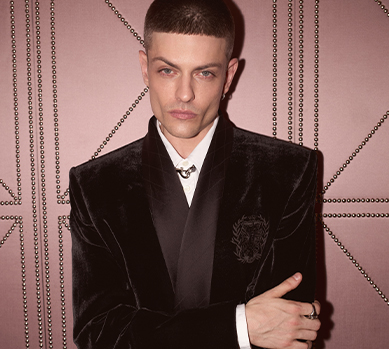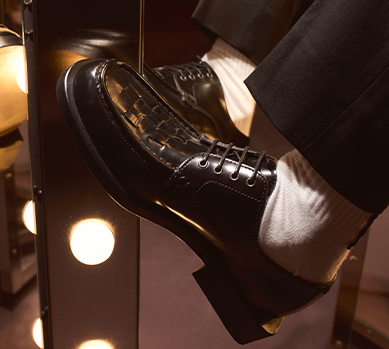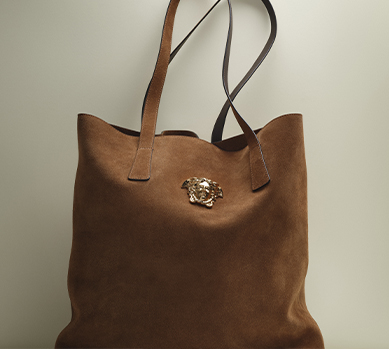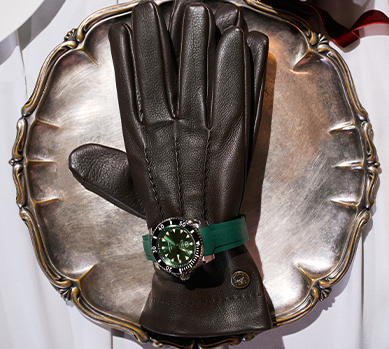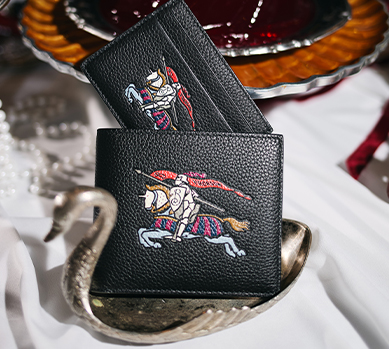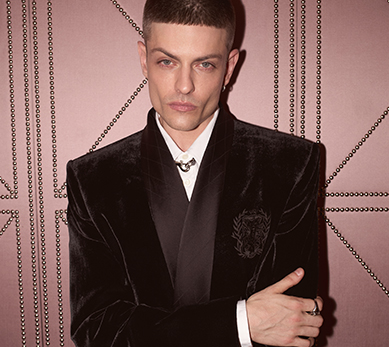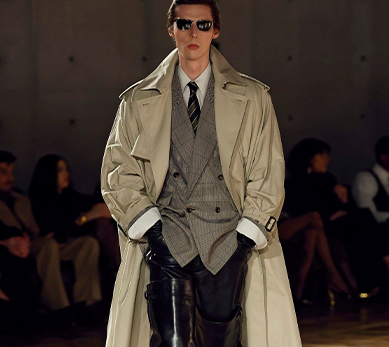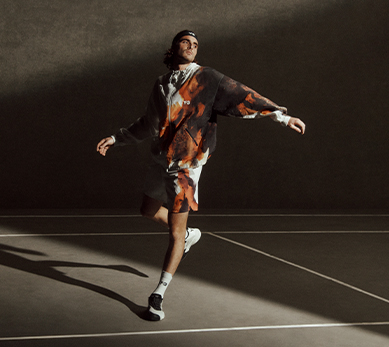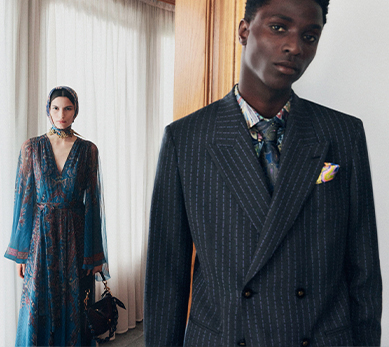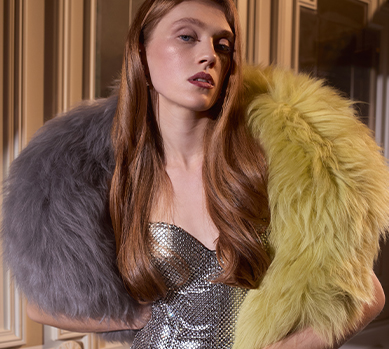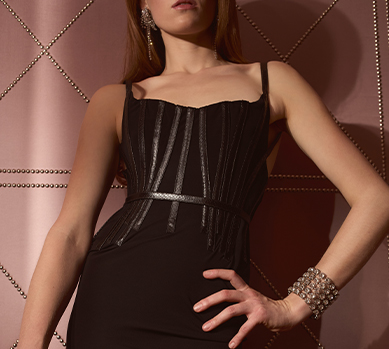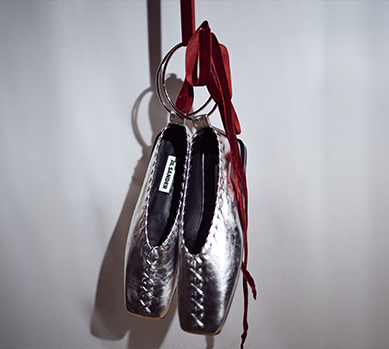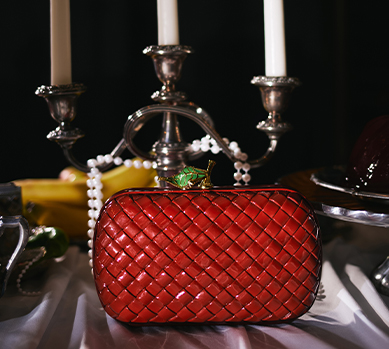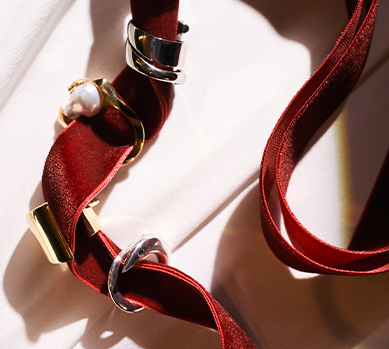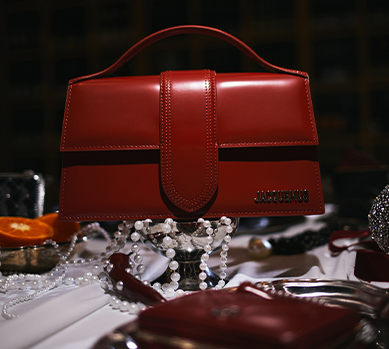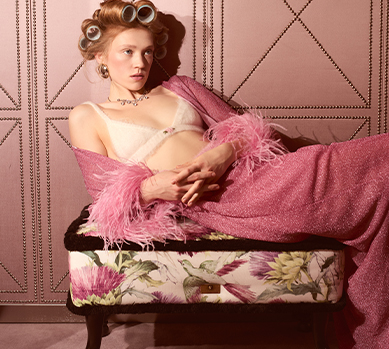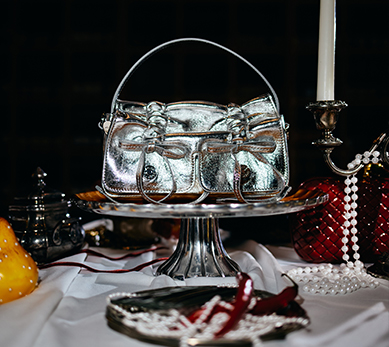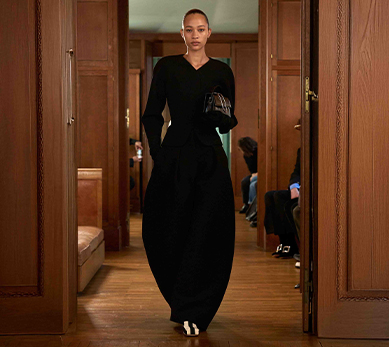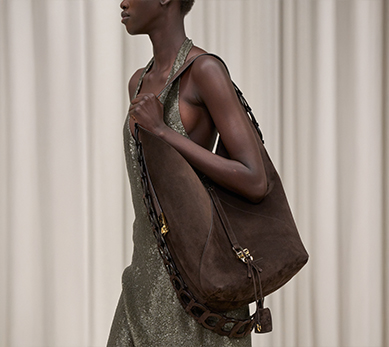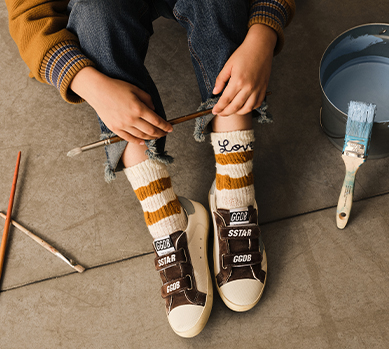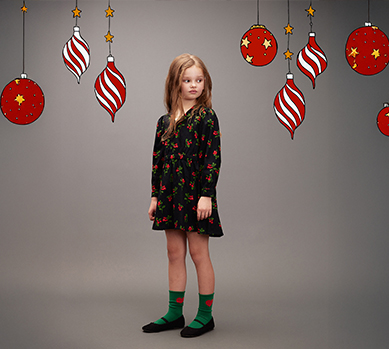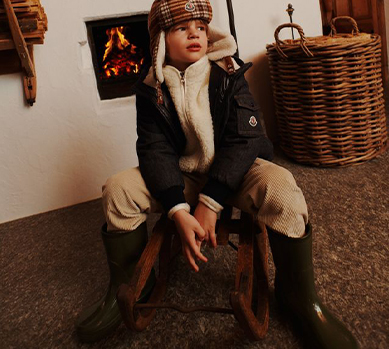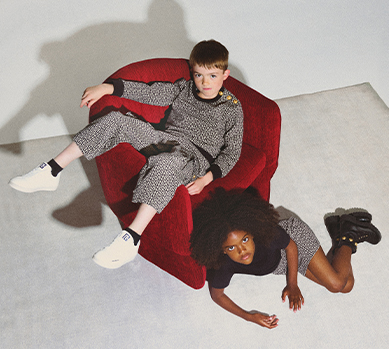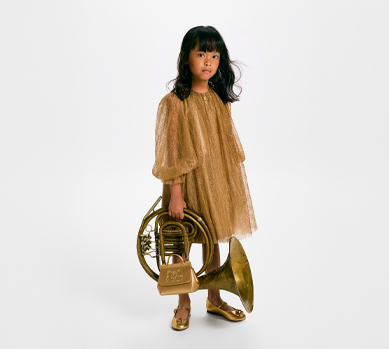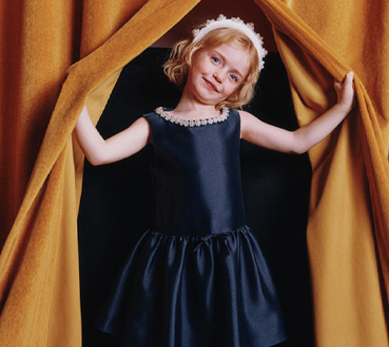Japanese fashion brands: A list of the top names
Fashion

Japanese fashion blends tradition and avant-garde. Meet the designers and brands that reshaped the global style landscape.
Japanese fashion is a multifaceted phenomenon. On one hand, it offers intellectual deconstruction and ascetic black; on the other, the dynamic energy of the street. What connects these seemingly distant worlds is a deep-rooted respect for craftsmanship, material, and form. The following list presents designers who have not only defined the Japanese fashion landscape but have also permanently influenced its global direction.
Comme des Garçons
Founded by Rei Kawakubo, Comme des Garçons is not so much a clothing brand as it is a permanent artistic project that has been systematically questioning Western notions of beauty and silhouette since the 1980s. It was Kawakubo, along with other Japanese designers, who introduced concepts like deconstruction, asymmetry, and the ubiquitous, multidimensional black into the Parisian fashion vocabulary. Her designs explore the space between the body and the fabric, creating new, often unsettling forms.
Her 1997 collection, colloquially known as "Lumps and Bumps," where clothes were distorted by strategically placed padding, was a radical manifesto against the idealization of the body. Today, the CdG universe is vast. It includes the avant-garde men's line Homme Plus, the conceptual Comme des Garçons Black, and the global phenomenon of the PLAY line with its characteristic heart logo. It was PLAY that became, for many, the first, more accessible point of contact with Kawakubo's world, while still retaining a piece of her rebellious spirit.
Yohji Yamamoto
Yohji Yamamoto is a poet of fashion. His work is a meditation on the color black, which in his hands takes on countless shades and textures. The designer masterfully manipulates the silhouette, creating voluminous, flowing garments that seem to protect the wearer, giving them a sense of freedom and anonymity. This is fashion that doesn't shout; it whispers of strength, melancholy, and quiet elegance.
Yamamoto views clothing as a form of dialogue. His asymmetrical cuts and intentional imperfections seem to reflect the complexity of human nature. His vision is complemented by a line of accessories, such as Discord Yohji Yamamoto bags. His collaboration with Adidas, which gave birth to the Y-3 line, was one of the first and most important examples of the marriage between high fashion and the world of sports. He showed that sportswear could have the same design weight as a wool coat, decades before it became a global trend.
Issey Miyake
Where Kawakubo and Yamamoto deconstructed, Issey Miyake constructed—often in ways the fashion world had never seen before. He was, above all, an innovator, almost a fabric engineer who treated material as the starting point for creating entirely new forms. His most famous achievement is the technology within the Pleats Please line, where garments are pleated only after they are sewn. This makes the pleats permanent, and the clothing becomes incredibly functional: it doesn't wrinkle, is lightweight, and is easy to care for.
This approach, combining beauty with pragmatism, is visible throughout his work. His innovative vision is continued in the men's line Homme Plissé Issey Miyake and in the main collections for women. Meanwhile, the geometric, transforming bags from the Bao Bao Issey Miyake line have become an icon of modern design. Miyake proved that fashion can be intelligent, comfortable, and beautiful all at the same time.
Undercover
Founded by Jun Takahashi, Undercover is a bridge between the raw energy of punk and sophisticated tailoring. The brand's motto—"We Make Noise Not Clothes"—perfectly captures its spirit. Takahashi is a storyteller; each of his collections is an intricately constructed narrative, often inspired by cinema, alternative music, or dark fairy tales. His designs are full of tension, combining beauty with unsettling elements, and romanticism with the grotesque.
What sets Undercover apart is its incredible attention to detail and technical advancement, which seem to contradict the brand's punk roots. Takahashi creates delicate, lace dresses with the same precision as leather jackets emblazoned with anarchist slogans. This constant play of opposites and the ability to build entire, coherent worlds around clothing ensure that Undercover remains one of the most influential and respected brands in Japanese fashion.
A Bathing Ape® (BAPE)
A Bathing Ape® is a cultural phenomenon that defined the rules of the game for global streetwear in the 1990s. Founded by Nigo in the heart of Tokyo's Ura-Harajuku district, the brand built its legend on extreme product limitation. Getting anything with the characteristic camo print or Ape Head logo was next to impossible and required standing in line for hours, which fueled its cult status.
BAPE wasn't selling clothes; it was selling a sense of belonging to an elite club. The iconic Shark Hoodie, which zips all the way to the top of the head, and the Bapesta sneakers, a bold reinterpretation of a classic model, became status symbols for an entire generation. Although the brand is much more accessible today, its original impact on the creation of hype culture, limited drops, and the resale market is undeniable. BAPE is proof that a brand's power can lie not in its availability, but quite the opposite—in its conscious limitation.
ASICS
The presence of ASICS on this list might seem surprising, but it perfectly illustrates the fluidity of contemporary fashion. The brand, whose name is an acronym for the Latin phrase Anima Sana In Corpore Sano ("A Sound Mind in a Sound Body"), was for years associated exclusively with the world of sports. However, its uncompromising focus on technology and functionality became its greatest asset in the eyes of fashion designers.
The breakthrough came through collaborations, particularly with Bulgarian designer Kiko Kostadinov. He elevated archival, technical ASICS running shoes to the level of avant-garde design without changing their athletic DNA. Suddenly, GEL cushioning systems and mesh uppers began to be seen as deliberate aesthetic elements. ASICS showed that authenticity and technical innovation are values that can resonate far beyond the running track or the gym, becoming a desirable element in the world of high fashion.
Summary
From the avant-garde deconstruction of Comme des Garçons to the cultural phenomenon of BAPE, Japanese fashion presents an extraordinary spectrum of creativity. What unites these seemingly distant worlds, however, is a common philosophy rooted in precision, a deep respect for material, and a constant questioning of established norms.


